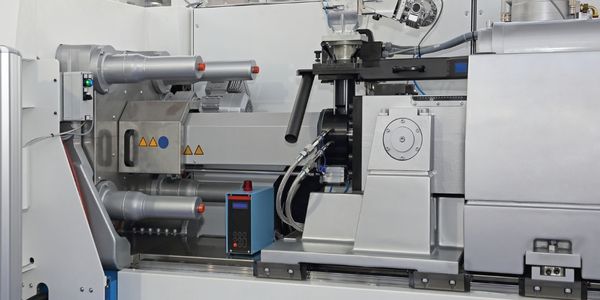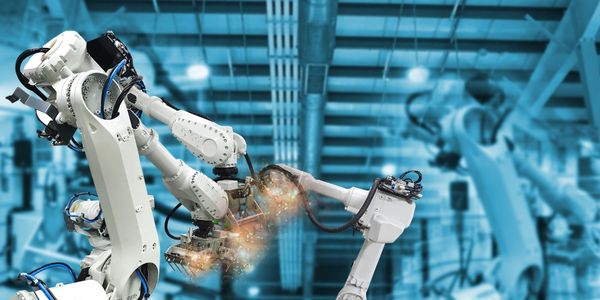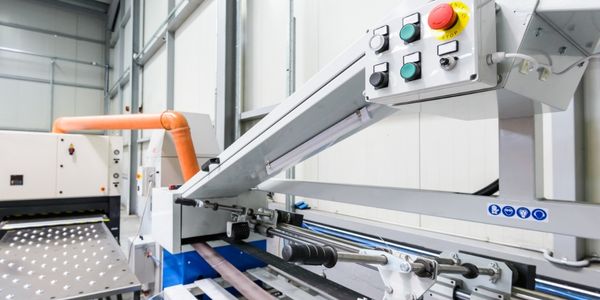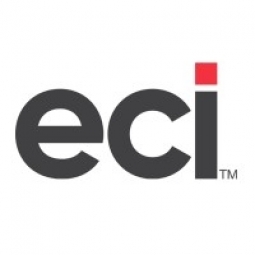Customer Company Size
SME
Region
- America
Country
- United States
Product
- Shoptech’s E2 system
- QuickBooks
Tech Stack
- Inventory Management Software
- Accounting Software
Implementation Scale
- Enterprise-wide Deployment
Impact Metrics
- Productivity Improvements
- Cost Savings
Technology Category
- Functional Applications - Enterprise Resource Planning Systems (ERP)
Applicable Functions
- Discrete Manufacturing
- Procurement
Use Cases
- Manufacturing System Automation
- Inventory Management
Services
- System Integration
- Software Design & Engineering Services
About The Customer
DP West is a plastic machining shop based in Enumclaw, Washington. The company specializes in producing conveyor components for a wide range of industries, including food processing, manufacturing, lumber, and more. Prior to implementing the E2 system from Shoptech, DP West relied on a series of spreadsheets and handwritten notes for managing their operations. Scheduling was done manually by writing the time on papers attached to each work order. The company had an external accountant to manage their QuickBooks platform.
The Challenge
DP West, a machine shop based in Enumclaw, WA, had purchased Shoptech’s E2 system to improve its processes, including quoting, scheduling, ordering, inventory management, and more. However, they faced a significant challenge in integrating the E2 system with their existing QuickBooks platform, which was managed by an external accountant. The initial attempts at integration were unsuccessful, leading to frustration within the DP West team.
The Solution
To resolve the integration issue, DP West reached out to Shoptech’s support desk. A Shoptech service representative was able to guide the DP West team through the process over the phone. However, a few items still proved difficult to tackle for DP West’s “person in charge.” To address these issues, Alicia, a member of the Shoptech implementation team, visited DP West on-site. Within a few days, Alicia and the DP West team successfully integrated the E2 system with the shop’s QuickBooks platform, paving the way for the deployment of other software modules.
Operational Impact

Case Study missing?
Start adding your own!
Register with your work email and create a new case study profile for your business.
Related Case Studies.

Case Study
Plastic Spoons Case study: Injection Moulding
In order to meet customer expectations by supplying a wide variety of packaging units, from 36 to 1000 spoons per package, a new production and packaging line needed to be built. DeSter wanted to achieve higher production capacity, lower cycle time and a high degree of operator friendliness with this new production line.

Case Study
Robot Saves Money and Time for US Custom Molding Company
Injection Technology (Itech) is a custom molder for a variety of clients that require precision plastic parts for such products as electric meter covers, dental appliance cases and spools. With 95 employees operating 23 molding machines in a 30,000 square foot plant, Itech wanted to reduce man hours and increase efficiency.

Case Study
Hospital Inventory Management
The hospital supply chain team is responsible for ensuring that the right medical supplies are readily available to clinicians when and where needed, and to do so in the most efficient manner possible. However, many of the systems and processes in use at the cancer center for supply chain management were not best suited to support these goals. Barcoding technology, a commonly used method for inventory management of medical supplies, is labor intensive, time consuming, does not provide real-time visibility into inventory levels and can be prone to error. Consequently, the lack of accurate and real-time visibility into inventory levels across multiple supply rooms in multiple hospital facilities creates additional inefficiency in the system causing over-ordering, hoarding, and wasted supplies. Other sources of waste and cost were also identified as candidates for improvement. Existing systems and processes did not provide adequate security for high-cost inventory within the hospital, which was another driver of cost. A lack of visibility into expiration dates for supplies resulted in supplies being wasted due to past expiry dates. Storage of supplies was also a key consideration given the location of the cancer center’s facilities in a dense urban setting, where space is always at a premium. In order to address the challenges outlined above, the hospital sought a solution that would provide real-time inventory information with high levels of accuracy, reduce the level of manual effort required and enable data driven decision making to ensure that the right supplies were readily available to clinicians in the right location at the right time.

Case Study
Fully Automated Visual Inspection System
Tofflon has developed a fully automatic machine that uses light to inspect vials, medicine bottles, or infusion containers for glass fragments, aluminum particles, rubber grains, hairs, fibers, or other contaminants. It also detects damaged containers with cracks or inclusions (microscopic imperfections), automatically removing faulty or contaminated products. In order to cover all production processes for freeze-dried pharmaceuticals, Tofflon needed to create an open, consistent, and module-based automation concept.

Case Study
SAP Leonardo Enabling Rocket Science
At times, ULA has as many as 15 different operating systems dedicated to overlapping processes, such as rocket design, testing, and launch. Multiple systems created unnecessary costs and unwanted confusion among workers at offices, factories, and launch sites in different location. In order to improve collaboration and transparency during vital activities that directly influence mission success, ULA wanted to improve data sharing and streamline manufacturing processes.








